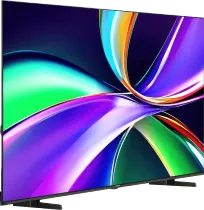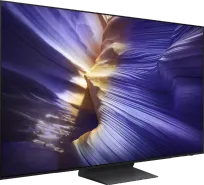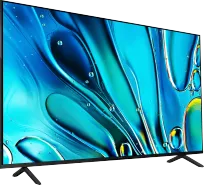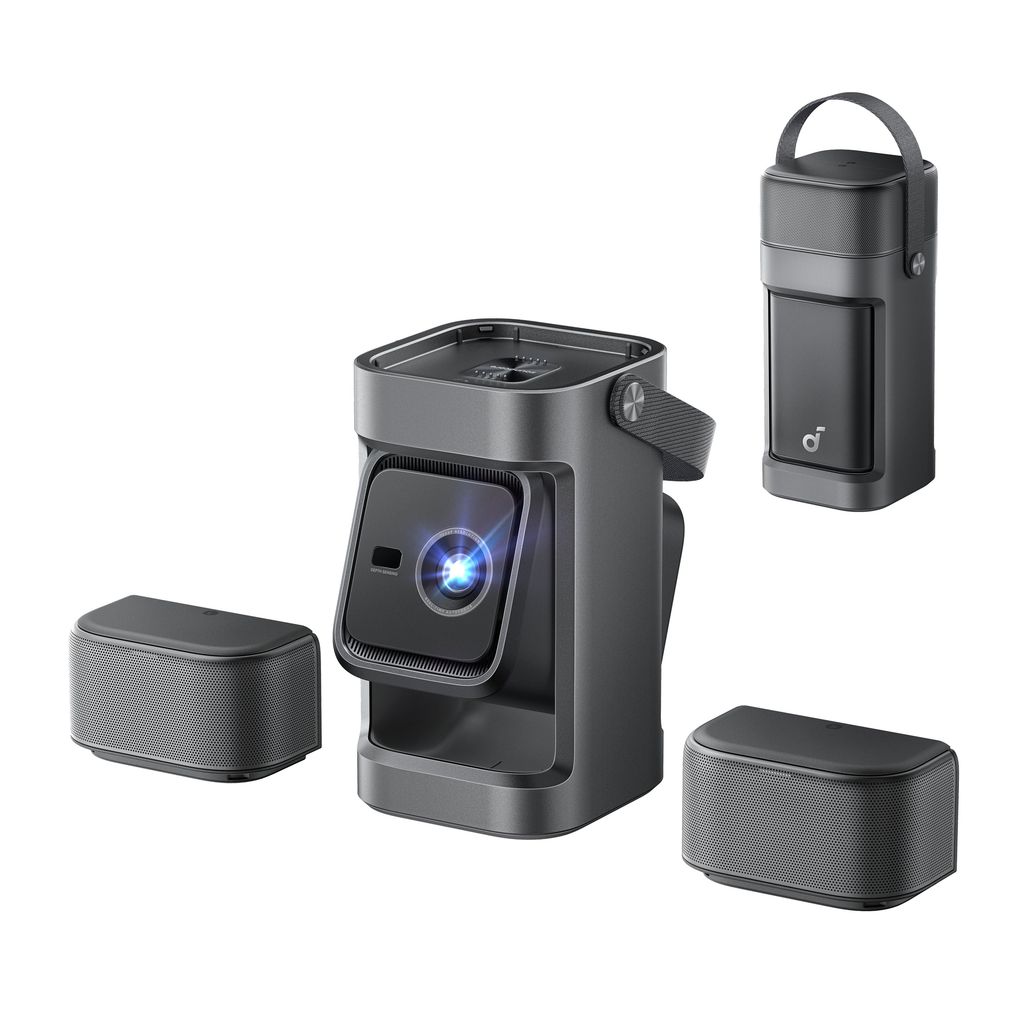
The monitor market is getting more interesting. Asus and LG are showcasing their new 6K models – and these are not just ordinary screens. Asus PA32QCV is already available for around 1300 USD, while LG 32U990A will be released in September, priced at around 1500 euros. Both feature IPS LCD panels and are 32 inches, but… it's definitely not the same panel.
Two different 6K – seemingly the same, but not
LG offers a resolution of 6144×3456, while Asus provides 6016×3384. This is because there are two different 6K panels on the market, and each manufacturer opted for a different one. Asus boasts a contrast ratio of 3000:1, whereas LG with Nano IPS typically caps at 2000:1.
Both monitors operate at 60 Hz, cover 98% DCI-P3, and feature a matte finish. Perfect for work, but not necessarily for everything.
Thunderbolt – 4 vs 5
Things are getting interesting here. Asus is betting on Thunderbolt 4, while LG is entering the scene as the first monitor with Thunderbolt 5. This means three times the bandwidth compared to the previous version – it will handle both data and video with a single cable.
It's a shame that LG got a bit carried away with the renders at CES – the thin bezels in the graphics were quite exaggerated. In reality, the monitor has quite noticeable borders.
HDR? Probably not...
And this is where we get to the crux. Neither Asus nor LG have miniLED or LED local dimming, so don’t expect true HDR. The DisplayHDR 600 certification is marketing, not actual experiences. In this regard, both models resemble Dell's 6K more than Apple's Pro Display XDR.
If someone is looking for authentic HDR for photos or films – they will have to wait longer. If the priority is HDR in games and movies, it’s better to look towards QD-OLED and WOLED monitors. The effect there is incomparably better, although they aren't perfect for graphics.
In short: Asus and LG finally give us alternatives in the world of 6K monitors, but if you’re counting on the “wow” effect in HDR – it’s still not that time.
 Katarzyna Petru
Katarzyna Petru













